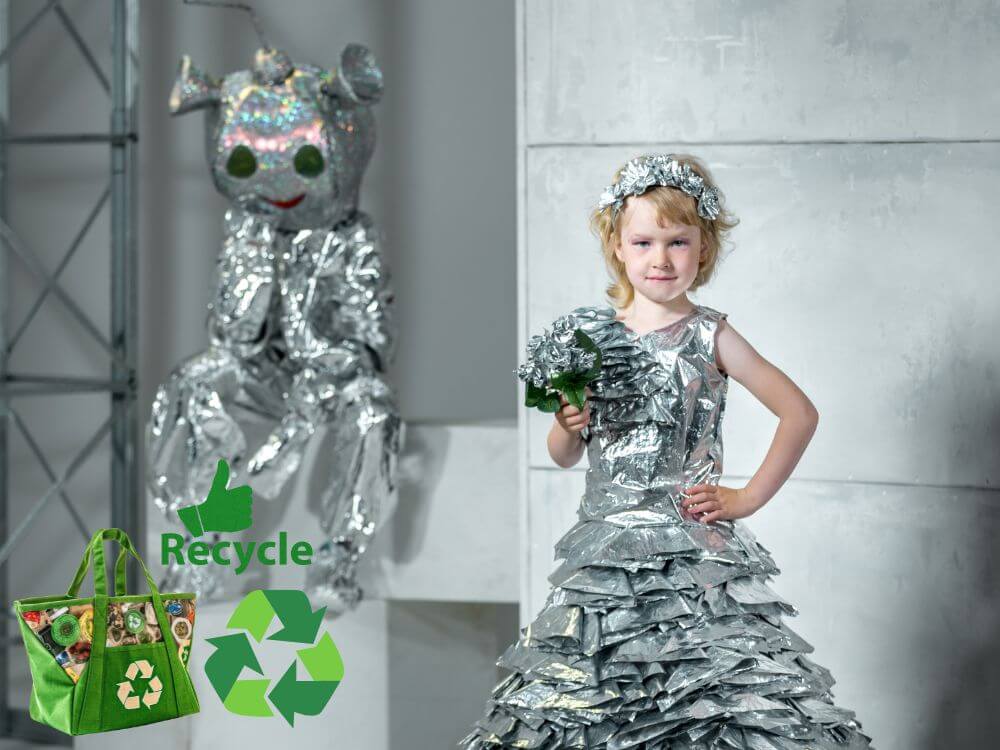Fashion has a problem. The industry produces over 92 million tons of textile waste each year, and by 2030, that number could soar to 134 million tons. That’s not just a concern—it’s a crisis. Traditional fashion production depletes natural resources, pollutes water, and fills landfills with clothing that barely lasts a season.
But change is happening. Sustainable fashion is no longer just an option; it’s becoming the standard. Brands are stepping up, rethinking materials, and transforming how clothes are made. “The future of fashion is circular. It has to be,” says designer Stella McCartney, a pioneer in ethical fashion. And she’s right.
The question is: Which brands are actually making a difference? Many companies claim to be “eco-friendly,” but greenwashing—where businesses exaggerate their sustainability efforts—is everywhere.
Consumers want more than just words. They want real action.
So, let’s talk facts. Sustainable fashion isn’t just about organic cotton or biodegradable packaging. It’s about reducing waste, cutting emissions, and creating clothes that last. Some brands are using recycled materials, while others are focusing on ethical labor practices. Some are even developing innovative fabrics, like lab-grown leather and algae-based dyes.
Take Patagonia, for example. This outdoor brand has been leading the sustainability movement for decades, using recycled fabrics, fair-trade practices, and a repair program that encourages customers to fix, not toss, their gear. They don’t just sell products—they promote a lifestyle of conscious consumption.
Then there’s Eileen Fisher, a brand committed to circular fashion.
They take back old garments, recycle them, and create new pieces. Their Renew and Waste No More programs set an example for how the industry can reduce its footprint while maintaining style and quality.
Luxury brands are also evolving. Stella McCartney has banned fur and leather, using plant-based alternatives instead. Her collections prove that high fashion and sustainability can coexist. Meanwhile, Gucci has pledged to be carbon neutral and has invested in regenerative agriculture, a farming method that restores ecosystems rather than depleting them.
Fast fashion is adapting, too—though with mixed results. H&M’s Conscious Collection uses organic and recycled materials, but critics argue that producing massive volumes of clothing still contradicts true sustainability. However, brands like Reformation and Everlane are finding a balance, offering transparency in production and ethical sourcing.
The shift toward sustainable fashion is no longer just a trend. It’s an industry-wide movement. Consumers are demanding better, and brands that fail to adapt will be left behind. The message is clear: eco-friendly fashion isn’t the future—it’s the present.
So, which brands are truly setting new standards? Which ones are innovating rather than just marketing sustainability? Let’s dive into the companies that are leading the eco-friendly movement—and why their impact matters.

